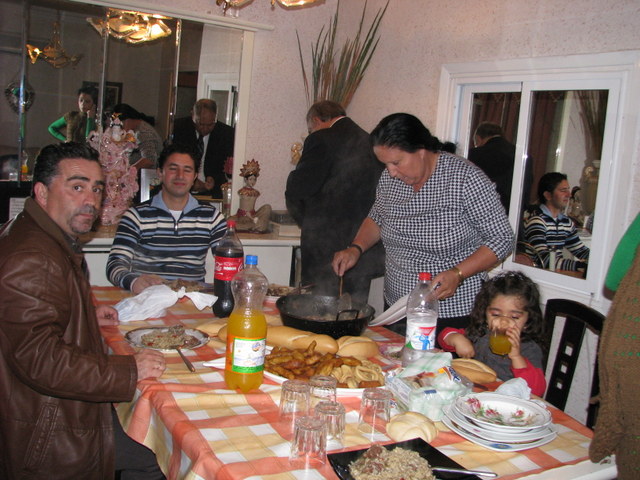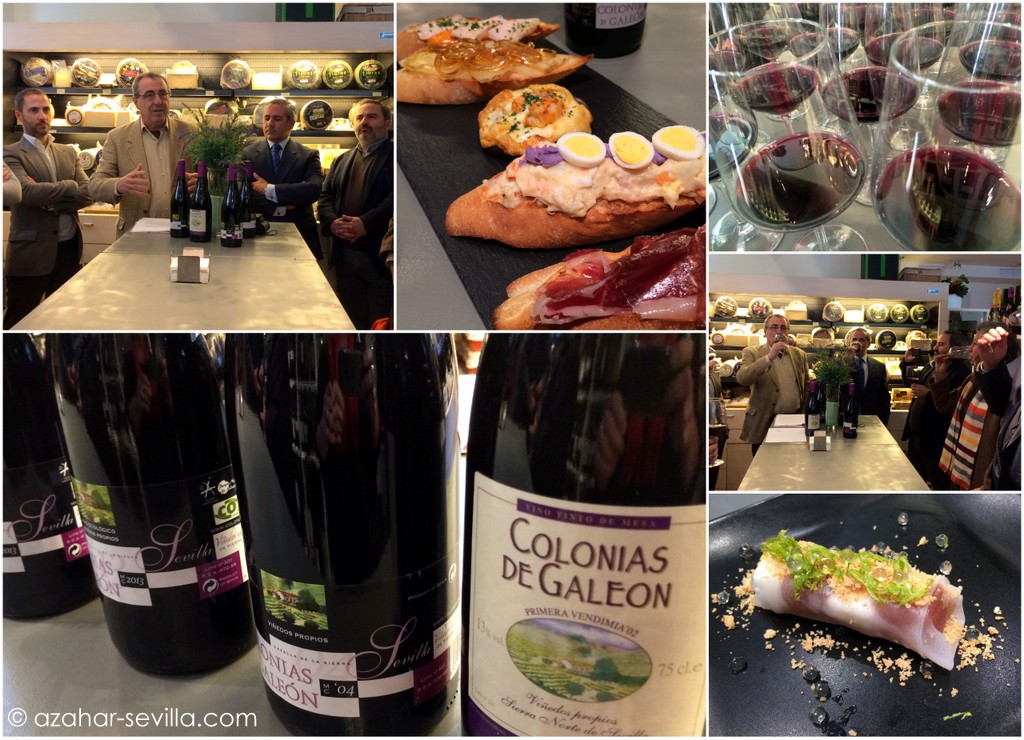Guest Post by Susan Nadathur
November 22 commemorates the arrival of the first Romani people to Andalusia and celebrates their contributions to the culture that now defines the area. The Romani, including the Spanish Gypsies, are descendants of the ancient warrior classes of Northern India who trekked westwards around AD1000. Their migration took them through Persia and Armenia into Europe and later America. Their earliest presence in Spain is noted in Zaragoza (Aragon) from 1425 and in Barcelona (Catalonia) from 1447. They arrived in Andalusia in the year 1462, where they were well received and given both food and shelter.
In return, the Gypsies who stayed in the area have contributed much to Andalusian culture, including flamenco music, styles of clothing, and food traditions. Gypsy cuisine reflects a nomadic way of life, and includes wild plants, fish, and game that could be taken opportunistically. In modern society, Romani cooking mirrors the country and culture the Gypsies live in, and has been adapted to the types of foods that are readily available. While researching my novel City of Sorrows, I lived for extended periods of time with a Gypsy family in Seville. During that time, I was treated to several delicious feasts. The food was always hearty and was reflective of what this family’s ancestors ate in the Gypsy camps in days gone by. Here’s a picture of what one of those feasts looked like.

Historically, the main meal was prepared in a large iron pot and left to cook gently all day while the Gypsies went about their activities. This was typically a stew or soup containing whatever meat and vegetables were available on a given day. Recipes have survived through the centuries, frequently undergoing intervention and interpretation to meet the tastes of a particular time. Very few recipes were ever written down; most were handed down verbally through generations. Today, as modern life encroaches on the traditional Romani ways, the old traditions are disappearing rapidly. Convenience foods, modern cooking tools, and appliances have ousted the old cooking methods and traditional recipes, although some are still made for special occasions. One meal that has survived and appears on the table of most Spanish Gypsy families is the Gypsy Stew. Below is a modified recipe for this popular dish.
Continue reading “Spanish Gypsy Stew by Susan Nadathur” →






